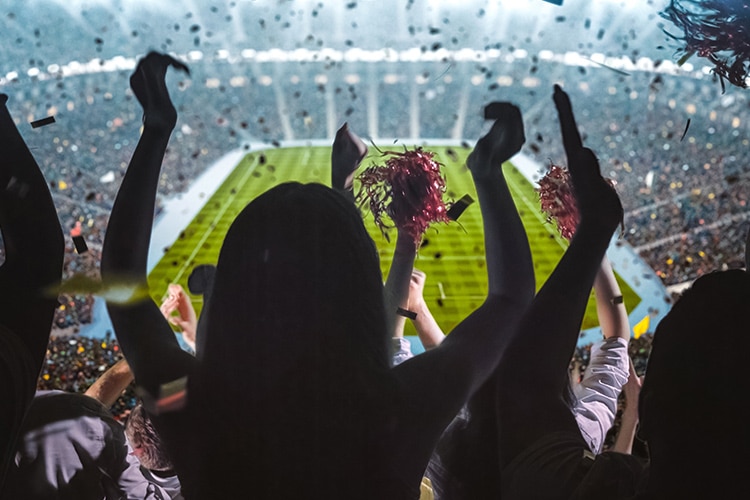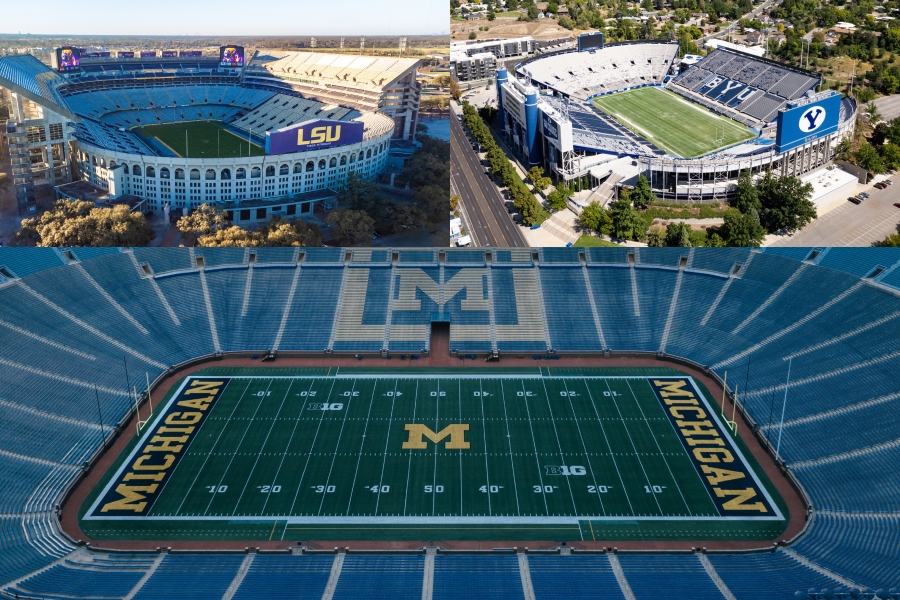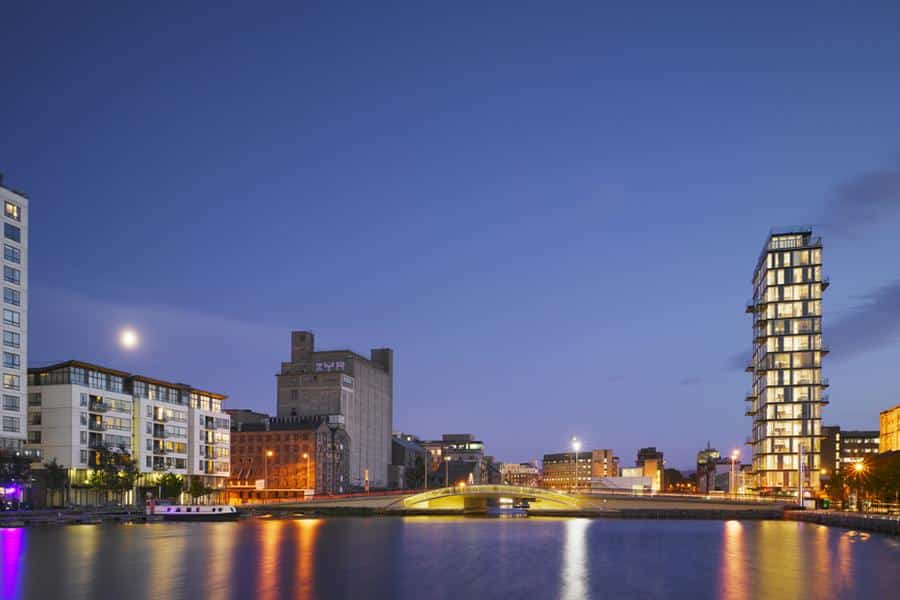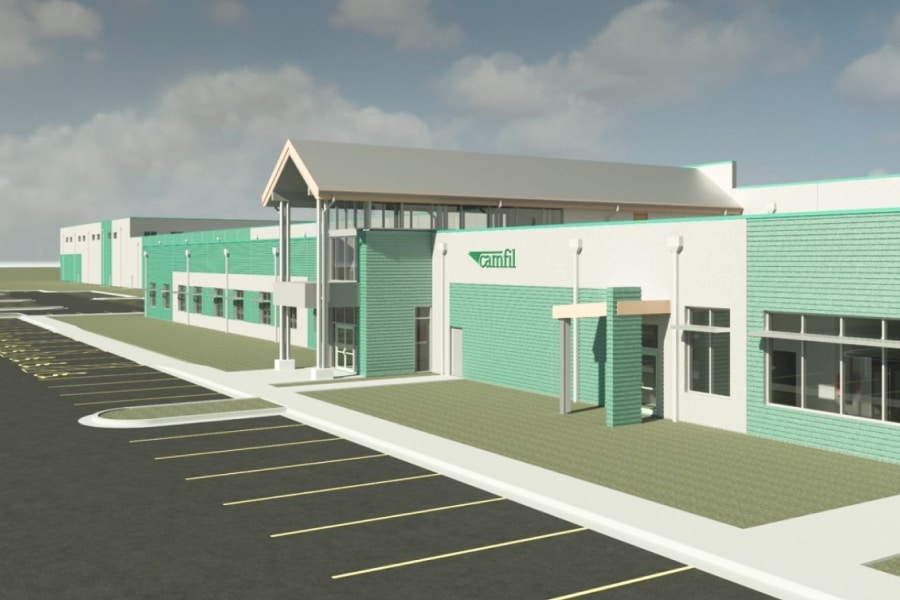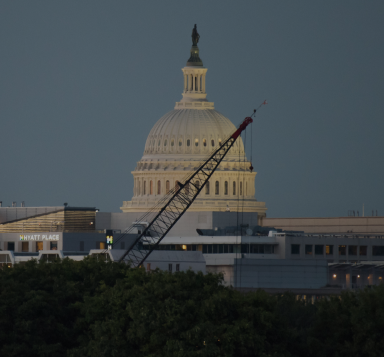For legendary sound designer John Storyk, who has worked on projects ranging from intimate spaces like Jimi Hendrix’s Electric Lady Studios to massive sporting arenas like the stadium designed for Brazil’s FIFA World Cup, every project presents a new challenge. “Good acoustics are our goal,” says Storyk. And whether he’s creating an intimate space for artists to work or a public sphere for people to gather, “The principals are the same for both. We strive to create environments where music (and speech) can be heard as perfectly and accurately as possible; to create the required noise isolation that the project demands; to respect acoustic intelligibility in the spaces as the program demands; to naturally relate all this to amazing architecture that looks and sounds beautiful, and to make sure all of this can be built and can be built economically.”
Collaboration is central to Storyk’s design process. “I have always operated on the basis that we consider ourselves at the nexus of architecture and acoustics,” he says. “We do not believe that one is added to the other but rather that these disciplines should be part of a collaborative art that unfolds simultaneously.” These days, advances in acoustic technology have made it easier than ever for Storyk to present his vision for the most complex interactions in stadium materiality and spatial design to architects. “We now have tools to create predictive models showing exactly how the stadium acoustics will sound,” he says, “which empower designers and owners to make extremely well-informed decisions based on actually hearing the difference between design and/or acoustic treatment options … Huge amounts of time and money have been saved by these high tech tools. These are exciting times for this type of work!”
Keeping up with developments in acoustic modeling and technology are critical to Storyk’s practice, especially when designing a large-scale project like a sporting arena. “Stadiums present acoustic and AV design requirements and challenges that are very different than recording studios,” he says. “Most of the attention in stadium design AV and acoustics is dedicated to speech intelligibility with a particular emphasis on audio intelligibility, specifically making sure that everyone can hear important safety announcements clearly.” In creating a public space, designers like Storyk must be mindful of the many strict and specific regulations sporting organizations have in place for the functional design of the spaces where their games are played, working with them to amplify the correct sounds to ensure a quality experience for fans and players alike. “Acoustic reflection control on certain critical surfaces is an area we pay a lot of attention to,” says Storyk. “This complex issue often is of particular interest to architects and designers in terms of how they need to materialize certain areas of the stadiums.”
This relationship between technology and design has impacted the way Storyk approaches studio design as well. Storyk, who has designed around thirty-five thousand studio rooms, says that now is an exciting time for acoustic design in the music world. “Everyone continues to say that there are and will be fewer and fewer recording studios,” he says, “But this is far from the truth. I would propose that there will be more and more studios—they will look different—they will have different technologies. They will certainly appear in more and more unusual environments (such as churches, apartment buildings, hotels, radio stations, corporate offices, even Airstream trailers), but there will be more of them!” Changing practices in acoustic design means that music studios can be more portable, affordable, and accessible to all. “They will most likely be smaller, and they will be less expensive to create, but they will demand superlative acoustics,” says Storyk. “And, like Electric Lady Studios, they will epitomize the identity and signature of their owner.”
For all the new opportunities in design that technology has brought to the world of acoustic engineering, Storyk believes that the key issues facing designers remain consistent. “Challenges in the world of acoustics never really change, he says. “How do we create amazing sounding spaces while integrating that work into appropriate architecture and at the same time respecting economics and ecology?” Even so, changing technologies have made it easier for Storyk to interact with his clients and fellow designers alike at all stages of the design process. “We are already able to design and instantly listen to spaces we create during the design phase of a project as we introduce new materialization and geometries,” he says. “All of the increasingly complex and constantly shifting technical trends are already finding their way into the acoustic research community. What a great set of tools we have—and they are still evolving.”

